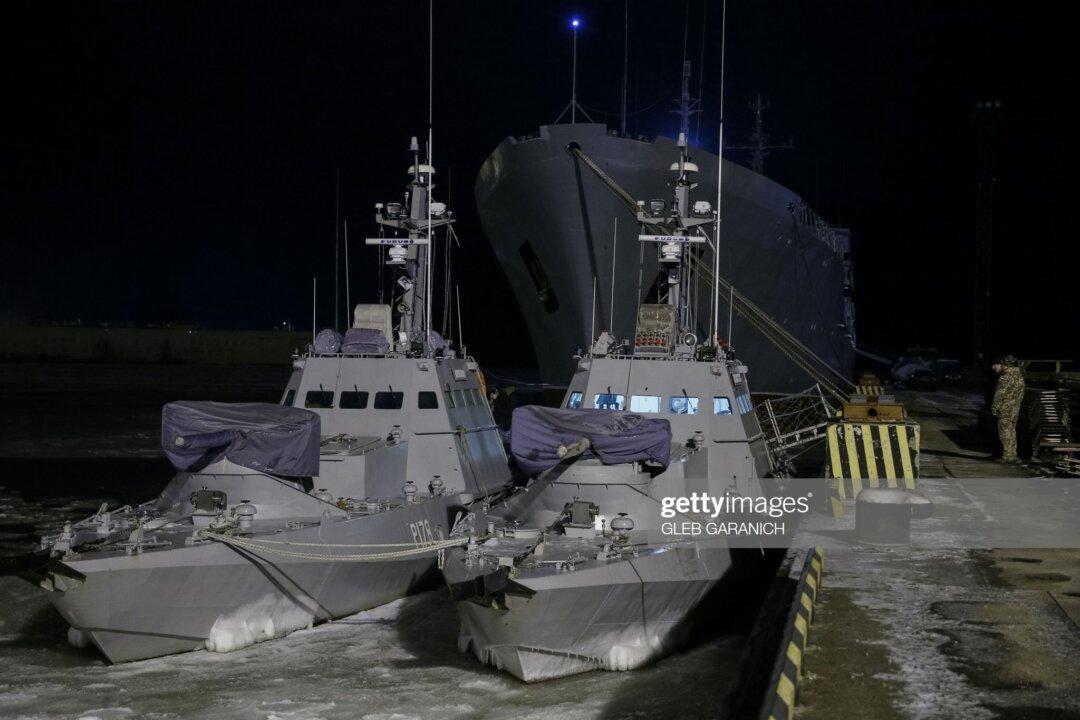First, some reality checks.
President Trump will not be a “foreign policy president”—at least not to begin his administration.
As a billionaire with global business activities, he has global interests but not global concerns.
Primarily, however, he has enormous domestic challenges at the top of his agenda: economic stimulus; tax restructuring; health care (revising “Obamacare”—throwing out the “bathwater” while preserving the “baby”); immigration control (a “wall” or simply tighter border policing/deportation); restructuring trade agreements. His appointees will be rooting out liberals that have “burrowed into” the federal bureaucracy and reversing Obama’s many executive orders, e.g., environmental and EPA restrictions. And naming, confirming, installing a Supreme Court replacement for deceased Justice Anthony Scalia.
Moreover, many international situations are either quiescent or intractable. Latin and South America, except for Cuba, which will be a human rights challenge, are stable. Problems with Canada will revolve around recalibrating NAFTA with softwood lumber again primary.
Expect no early action in NATO/Europe. The Second Coming will arrive before there is peace in the Middle East. In the interim, Syrian President Assad has won the civil war—but the West won’t admit it.
And IS/ISIS/ISIL/Daesh is verging on defeat, at least as a force governing territory and will reset to its terrorist origins. U.S. relations with Israel will improve—but scrapping the Iran nuclear agreement will aggravate continuing fraught relations with Tehran.
But the Far East is different. Here the pot is simmering—and only a few degrees short of boiling.
The Quadrilateral Interface: This geopolitical construct engages the primary actors in Northeast Asia (Russia, China, Japan, and Korea) with the United States as an outside factor. For decades since the truce that ended the Korean War in 1954, the area was in rough equilibrium. Now, however, North Korea’s expanding nuclear capability leaves the actors in a “What next?” stance.
North Korea moves closer by the day to creating a nuclear armed ICBM—that could threaten U.S. West Coast cities. And with steady evolution of Pyongyang’s threat comes steady diminution of the credibility of U.S. nuclear “guarantees” for Japan and South Korea. Defense/security officials in Tokyo and Seoul are certainly aware of the prospective shredding of the U.S. security blanket. Their response may well be developing national nuclear capability--a possibility about which candidate Trump was remarkably blasé during the campaign.
Conceivably, Beijing might stop Pyongyang’s nuclear program. To date, however, despite intense importuning by local and global actors, China has not deigned to do so. But President Trump could orchestrate a “deal” attractive to his Chinese analogue, Chairman Xi. Trump has started well. A telephone exchange with Xi emphasized “cooperation” and “mutual respect” (always a key Chinese requirement).
There are tradeoffs available. Does Beijing really want a nuclear armed ROK and Japan? If the United States soft-pedaled its neuralgic demarches on Chinese human rights violations (about which Trump will not be hectoring Beijing), that would remove one teeth-grinding issue from the table.
And Beijing is clearly delighted that the TPP is defacto dead, but Trump’s rhetoric over Chinese currency manipulation and massive trade surplus with the United States might offer other cards that could be played. Additionally, the Obama administration pressed China hard on its sovereignty claims in the South China Sea, touting a Hague Permanent Court of Arbitration decision rejecting these claims.
The United States could defang this issue by suggesting the multiple competing claimants (sometimes it seems every country except Ecuador) construct a joint demarche to Beijing, rejecting but not directly challenging Chinese claims. Our objective would be to secure Beijing’s tacit acceptance of “freedom of the seas” in the region.
Together these accommodations to Beijing’s concerns might suffice to prompt real pressure on Pyongyang to freeze its nuclear program at its current levels.
Elsewhere regional plaints that U.S. power/attention is declining can be addressed by re-emphasizing our “Asia pivot.” More multinational military exercises and high level visits can help alleviate this angst.





